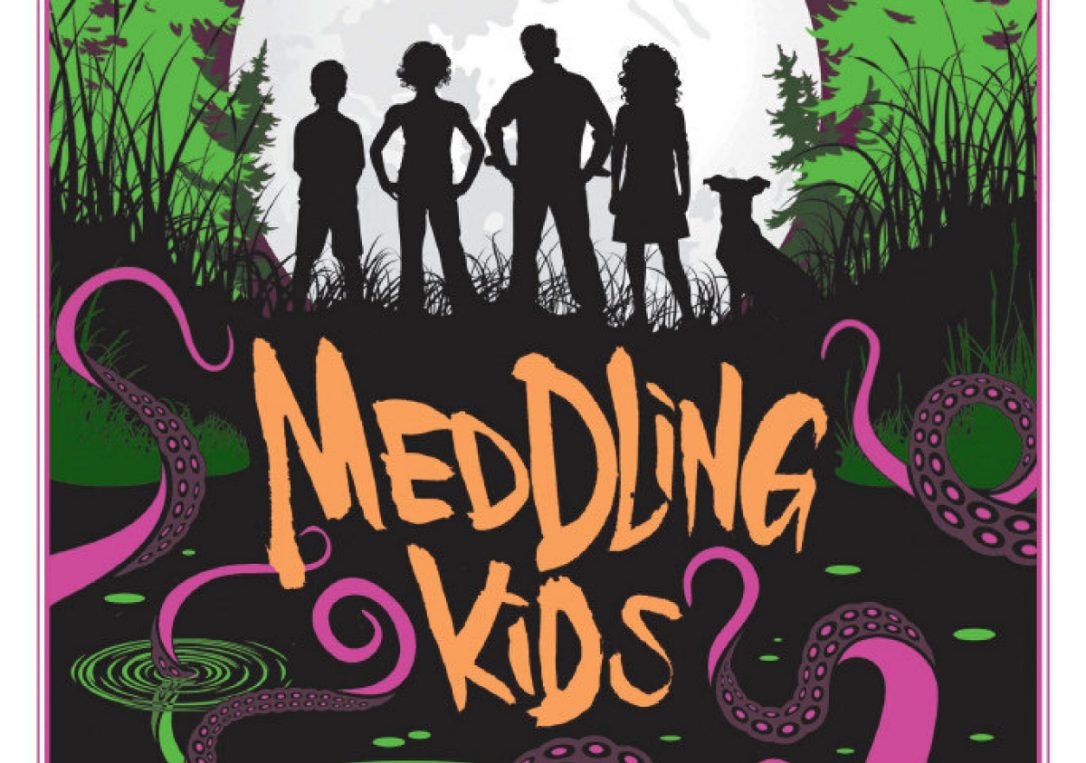S.A. Tholin
Ebooks are fun, because unlike a paper book, you don’t have that physical sense of how far through the book you are. With a paperback, the first page feels very different from the second-to-last—the weight is distributed differently, it’s thicker or thinner in the hand. Not so for an ebook. I tend to leave the “percent complete” display on to try to get that back, but it fades into the background pretty quickly.
I became very aware of that… less than halfway through the book. Because, by the way the story was going, I thought I was nearly at the end. But no, that wasn’t the peak, just a local maximum, and then it was off again, with more to uncover.
Pretty early on, I was having a bit of a struggle, trying to decide if I was going to keep reading. (I did, and I’m glad of it!) As part of that, I skimmed a few reviews, and from that I remember a mention that “the book has a lot of sci-fi tropes.” That stuck in my mind a bit, because after all, nothing is original, it’s all just remixes. If you’re wondering, this book is a touch of Passengers, a great deal more Pandorum, a little bit of Halo, a splash of Doom, and a surprising little bit of Killjoys. And that’s not a bad thing; it’s fun to pick apart the pieces that made something, and try to figure out which piece you’re going to find next.
That’s what made this book so interesting, and why, despite the fact that it’s not at all a short book, I powered through it in just a couple days. I didn’t want to put it down—I had theory after theory of what was going on, why the planet it’s taking place on is like that, and wanted to know which was correct. Is this going the way of The Satan Pit, or is it a political intrigue whose cover-up is falling apart? Are the high-tech, vaguely church-y guys the good guys, or are the eco-terrorist-inspired people actually in the right? Or is it the—well, okay, no, it’s pretty easy to discount the cannibals as “the good guys,” but then, maybe nobody is the good guy. (That aspect of the story really shines as the book switches between two narrators—one, a true believer in one of those causes, the other, an outsider to everything, just as confused as the reader.)
For as creepy as the book was, I didn’t wind up jumping at shadows nearly as much as I was expecting. Because, sure, it’s a science-fiction horror thing, but it’s also a military piece and, more than all of that, a big ol’ mystery. And if I’m trying to solve a mystery, well, no time to be scared of the monsters in the dark—in mystery solving mode, I default to being Velma, and a jump scare just gets a “you stop that!”
All in all, this was a great read, and I highly recommend it if you love a good mystery, and a cool setting, like I do. Check it out.
- This is an Amazon affiliate link – if you buy it from here, I get a little bit of commission. It won’t hurt my feelings if you buy it elsewhere; honestly, I’d rather you check it out from your local library, or go to a local book store. I prefer Bookshop affiliate links to Amazon when possible, but in this case, the book wasn’t available there, so it’ll have to do. ↩
